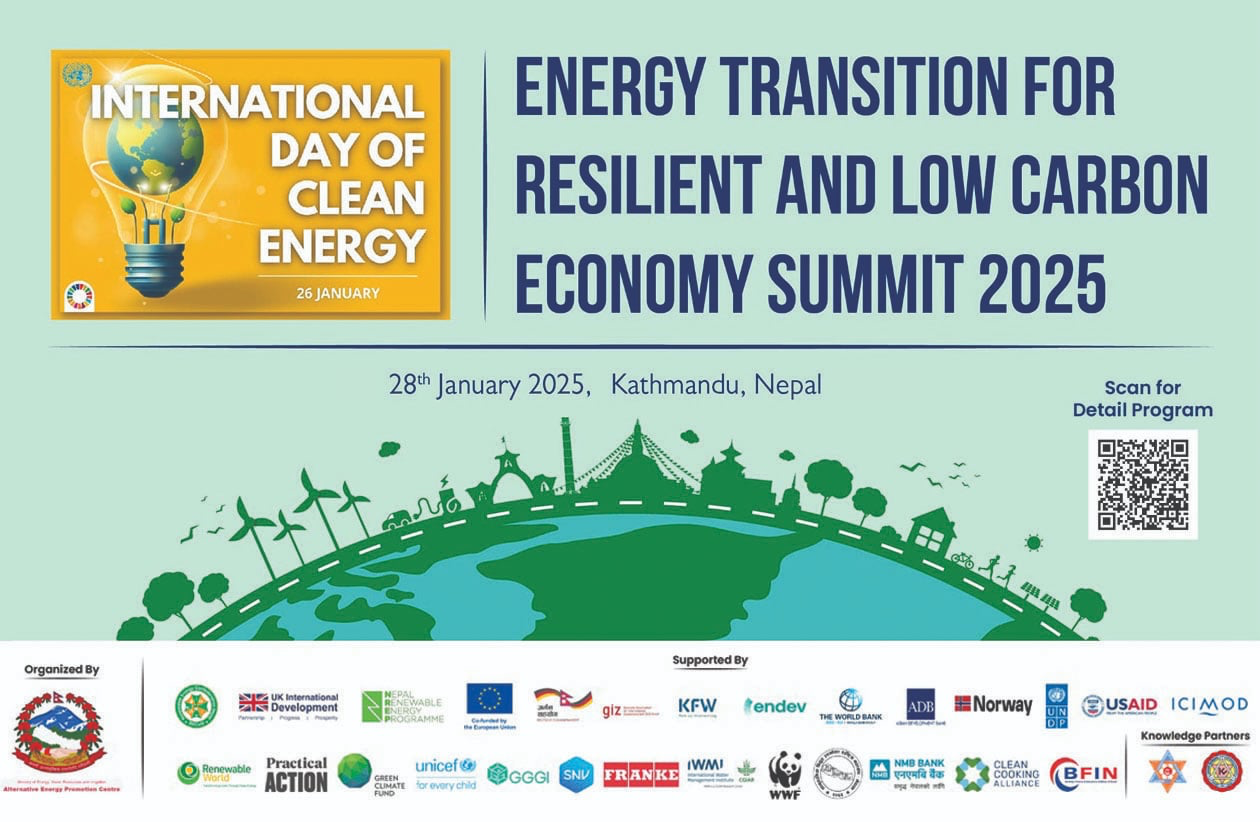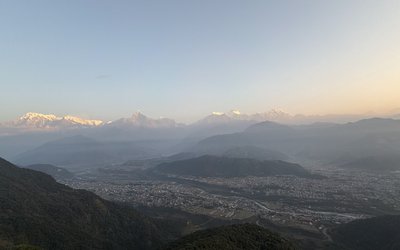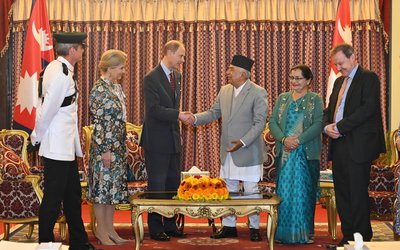Rich in natural resources and cultural heritage, Nepal has witnessed an influx of national projects aimed at promoting development and improving the quality of life for its citizens. However, years of poor integrated regional and strategic planning, myopic visionless projects, unplanned urban development and a haphazard dozer development marred the country’s quintessential natural landscape and thus turning it into “a city of Neanderthals”. Implications of undertaking projects without adequate thought and vision is taking such a toll in our infra works that it seems far to impossible to rectify in our lifetime.

First of all, copious national projects in Nepal suffer from a lack of strategic planning or regional planning. There is no blueprint of our infrastructure development. Projects are initiated without comprehensive feasibility studies, long-term impact assessments, and consideration of the country's overall development goals. Projects often jump out of whims or from the pocket of local political leaders without necessary homework. Meaningful stakeholders are not engaged. Genuine stakeholder engagement is essential for garnering support, ensuring social inclusivity, and maximizing the positive impacts of national projects. This has caused fragmented development, inefficient resource allocation, and missed opportunities for synergies between different projects. Without a strategic vision, projects may lack coherence, hampering their long-term effectiveness and hindering sustainable development. This lack of planning has resulted in projects that do not effectively address the real challenges and priorities of the nation, leading to wasted resources and missed opportunities for sustainable development.
The other bizarre situation is that copious national projects in Nepal emphasize quantity over quality. In the pursuit of numerous projects, the focus on ensuring their long-term impact and sustainability often takes a backseat. This approach can lead to subpar infrastructure, inefficient resource utilization, and a lack of consideration for environmental and social consequences. Without proper thought and vision, the country may be left with an accumulation of projects that fail to contribute significantly to its progress.
Financial burden and economic viability study is rarely undertaken while conceiving these projects. Undertaking numerous national projects without a clear understanding of their economic viability can place a significant financial burden on the country. Insufficient assessment of costs, benefits, and potential revenue streams can lead to budget overruns, debt accumulation, and strained public finances. Moreover, an excessive focus on short-term gains may divert resources away from critical sectors such as education, healthcare, and social welfare, jeopardizing overall development objectives.
Nepal’s projects are miles away from any kind of innovation. Projects blatantly lack thought and vision miss out on opportunities for innovation and technological advancement. By not incorporating innovative approaches, these projects perpetuate outdated practices, failing to harness the potential of emerging technologies and best practices from around the world. Innovative solutions can optimize project outcomes, improve efficiency, and contribute to sustainable development in Nepal, yet Nepal projects utterly fail in it.
There is no long-term vision for any projects undertaken, which is truly foolish. National projects should be guided by a long-term vision that considers the social, economic, and environmental dimensions of development. However, a short-sighted approach focused on immediate gains can impede the achievement of long-term objectives. Without a clear vision, projects may lack direction, fail to address root causes of challenges, and fall short of creating lasting positive impacts.
While national projects in Nepal hold the promise of economic growth and development, the proliferation of copious projects without thoughtful planning and visionary thinking can lead to a myriad of challenges. It is imperative for policymakers, government authorities, and project implementers to prioritize strategic planning, stakeholder engagement, sustainable resource management, and long-term vision. By incorporating these elements, national projects can become catalysts for sustainable development, promoting social inclusivity, environmental stewardship, and economic prosperity for the people of Nepal.
It is through thoughtful consideration and visionary approaches that Nepal can truly unlock its potential and embark on a path of sustainable progress. While the intention behind implementing numerous national projects in Nepal is to drive economic growth and enhance development, the lack of thought and vision can hinder their effectiveness and long-term impact. To truly achieve sustainable development, it is crucial to prioritize quality over quantity, comprehensive planning, stakeholder engagement, financial prudence, and consideration of environmental and social consequences. By embracing thoughtful and visionary approaches, Nepal can ensure that its national projects align with the needs and aspirations of its people, contributing to a prosperous and sustainable future for the nation.
Practicing structural engineer with global experience in the design of high-rise buildings, bridges in the USA and Japan for the last 25 years, Dr. Puri holds a PhD from Tokyo University and a postdoc from the University of Illinois at Urbana-Champaign, USA.















